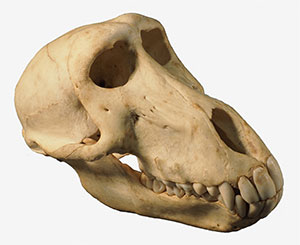An unusual souvenir of the Boer War
Published in 18th-19th Century Social Perspectives, 18th–19th - Century History, Artefacts, Issue 2 (March/April 2019), Volume 27By Stephen Callaghan
The Second Boer War broke out in October 1899. It was a conflict for which the British were under-prepared, with towns like Kimberly, Ladysmith and Mafeking being besieged by the Boers at the outset. The following year saw several hundred thousand British and Commonwealth reinforcements on their way to South Africa.
Prior to the outbreak of the war and the mass mobilisation of troops, the 3rd (Militia) Battalion, Leinster Regiment, whose depot was Birr Barracks, King’s County (Offaly), had undergone a successful recruitment drive to bring their numbers up to strength. With war declared, the battalion was embodied on 18 January 1900 and left their depot for garrison duty at Woolwich. In February the battalion was asked to volunteer for active service, which it did. (At that time militia units could not be ordered on active service but rather had to volunteer.) The battalion left for South Africa via Southampton and would spend two long years in an unfamiliar country, where casualties were mainly due to climate, disease and accidents rather than engagements with the Boers.

For most of the men in the battalion, this was their first time in a foreign country. The landscape was intriguing, as were the various animals that inhabited it. Sergeant-Major Richard Haddick—a budding naturalist—collected many live birds and plant seeds, many of which were planted in the grounds of Birr Castle after the war.
The 3rd Leinsters left South Africa on 7 May 1902 after two years of continuous service. They arrived home on 26 May and were welcomed by a large cheering crowd at Birr Barracks. During their time on active service many of the men had acquired various souvenirs and pets. Captain Paget Edward Stuart Reeves DSO, a distinguished Dublin-born officer, had brought home with him a female chacma baboon, captured on an island in the Orange River, along with a small male albino vervet monkey. The baboon was at least 2½ft tall and was described as ‘formidable’. Both animals were presented to the Royal Zoological Society of Ireland (RZSI) on 6 June 1902. The female baboon was intended as a mate for a notably large male chacma baboon called Charlie, which had also been acquired in South Africa during the war and was presented to the RZSI by the officers of the North Cork Rifles on 1 November 1901. The North Cork Rifles saw the baboon as their faithful companion who had served alongside them during the war, and they had permission from the zoo to bring Charlie to the annual militia training camps so that he could take his place in the ranks!
Capt. Reeves’s baboon didn’t live too long in captivity, dying a few months after she was presented to the zoo. (Primates had the highest mortality rates in the zoo.) Charlie died in 1904. The head of Capt. Reeves’s baboon was presented to the Natural History Museum, where it was buried in a sandpit to be stripped of its flesh. It was removed from the pit on 23 May 1903 and placed in the museum’s collection, where it remains today.
Stephen Callaghan is a former documentation assistant at the National Museum of Ireland.
















